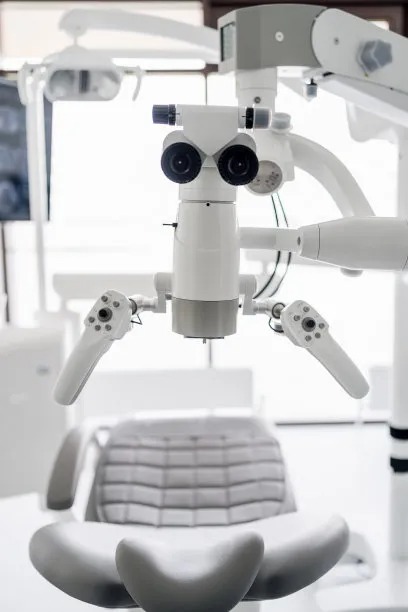Understanding the Process and Importance of Extracting a Tooth for Oral Health and Overall Wellbeing
Summary: This article delves into the intricate process of tooth extraction, emphasizing its significance for oral health and overall wellbeing. We will explore the necessary circumstances under which teeth may need to be removed, the step-by-step procedure of extraction, potential risks and complications, and the post-extraction care required for optimal recovery. Understanding these aspects not only demystifies the procedure but also highlights its vital role in maintaining oral health, preventing further dental issues, and contributing to overall quality of life.
1. Reasons for Tooth Extraction

Tooth extraction is not a decision to be made lightly; however, there are various situations that can necessitate this procedure. One of the primary reasons is severe decay or damage that cannot be repaired. In such cases, leaving a compromised tooth in place may pose a risk of infection and pain, making extraction the best course of action.
Another common reason for tooth extraction is overcrowding. When a patient has too many teeth for their jaw to accommodate, it may lead to misalignment and difficulties with chewing and speaking. Orthodontic treatment often involves the removal of certain teeth to create space for proper alignment.
Furthermore, teeth may need to be extracted due to periodontal disease. This chronic infection of the gums can lead to the loosening of teeth, posing a significant risk to ones overall oral health. In advanced cases, extraction may be necessary to halt the progression of the disease and preserve oral integrity.
2. The Tooth Extraction Procedure Explained
The process of extracting a tooth typically begins with a thorough examination and appropriate imaging, such as X-rays, to assess the tooths position and the surrounding bone. This initial assessment helps the dentist determine the most effective extraction method. Local anesthesia is usually administered to numb the area and minimize discomfort during the procedure.
Once the area is numb, the dentist will proceed to remove the tooth. For simple extractions, the dentist will gently loosen the tooth using an elevator tool and then remove it with forceps. In cases of surgical extraction, such as impacted wisdom teeth, incisions may be necessary to access the tooth, which can complicate the procedure.
After the tooth is extracted, the dentist will provide guidelines for managing any discomfort and bleeding. A gauze pad is often placed over the extraction site to facilitate clotting, and the patient may be advised to avoid certain activities that could disrupt the healing process.
3. Risks and Complications of Tooth Extraction
Though tooth extraction is generally safe, it is essential for patients to be aware of potential risks and complications associated with the procedure. Common issues include infection at the extraction site, which may arise if proper aftercare instructions are not followed, or if pre-existing health conditions compromise the healing process.
Another risk is dry socket, a painful condition that occurs when the blood clot at the extraction site dislodges or dissolves before the wound has fully healed. This can expose the bone and nerves, leading to intense discomfort that may require further treatment.
Additionally, damage to surrounding teeth or nerves is a possibility, particularly in complex cases where the tooth is positioned close to vital structures. While rare, these complications underscore the importance of choosing an experienced dental professional for the procedure.
4. Post-Extraction Care for Optimal Healing
Post-extraction care is crucial for ensuring a smooth recovery. Patients should follow the dentist’s instructions closely, which may include avoiding hard or crunchy foods for the first few days, sticking to soft, easy-to-chew options to prevent irritation to the extraction site.
Keeping the head elevated, especially while sleeping, can help reduce swelling. Cold compresses can also be beneficial in minimizing inflammation during the initial recovery period. Overall, good personal hygiene practices, such as gently rinsing with salt water, are essential to promote healing and prevent infection.
Follow-up appointments might be necessary to ensure proper healing, and any signs of complications should prompt immediate consultation with the dentist.
Summary:
Tooth extraction is a significant dental procedure that plays a crucial role in maintaining oral health and preventing further complications. By understanding the reasons for extraction, the procedural steps involved, potential risks, and necessary aftercare, patients can make informed decisions regarding their dental health. An informed approach empowers individuals to prioritize their wellbeing and ensure their oral health remains intact through proper management practices.
This article is compiled by Vickong Dental and the content is for reference only.



